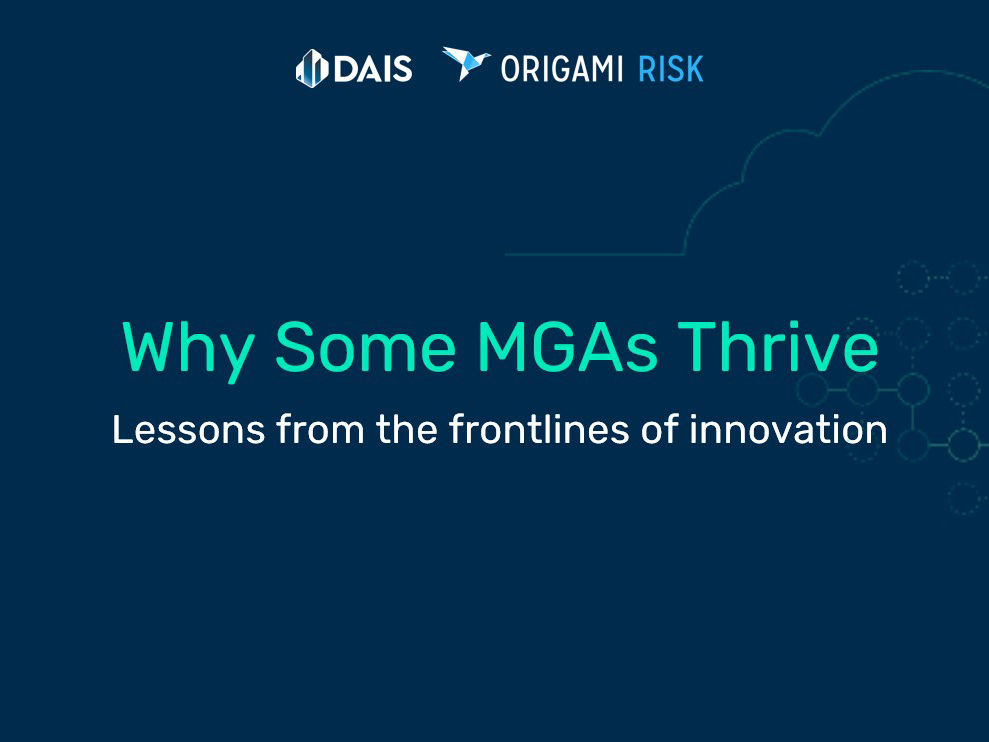As the Pressure to Ban Books Increases, So Do the EPLI, Property and D&O Exposures

In the 2021-2022 school year, PEN America’s Index of School Book Bans reported 2,532 instances of individual books being banned in schools.
“Bans occurred in 138 school districts in 32 states. These districts represent 5,049 schools with a combined enrollment of nearly 4 million students,” the report stated. According to the American Library Association, this more than doubled the typical number of book challenges in previous years.
While it’s a practice that school libraries are quite familiar with, book banning has surged, bleeding over from these educational institutions and into the public sphere.
It’s become something of a quandary for public libraries.
That’s because the primary purpose of public libraries is to provide the community with resources and services that enhance education, learning and personal development. They are designed to have an array of information for everyone in the community to use.
Book banning does quite the opposite of this.
“It goes against the basic premise of libraries being open and welcoming to all,” said Holly Ambrose, collection management director for the Bucks County Free Library, which manages multiple libraries in Bucks County, Pa.
“We serve a larger purpose in the community. We want everyone who comes to the library to see themselves in our collections and feel included.”
However, some community members are scrutinizing select titles, often under the guise of protecting young readers from “sensitive topics,” opening the door to a unique set of risks and challenges, from employment practices liability and D&O implications down to potential property claims stemming from vandalism and more.
“Book banning can impede our jobs because it goes against the very nature of what a public library is for. It’s important for libraries to be proactive and have a policy in place and have staff trained on what to do if a challenge is presented,” said Ambrose.
When We Say “Banned,” What Do We Mean?
Much like other media buzzwords, “banned” carries with it a negative and somewhat sensational connotation. But just because a particular book might be banned, that does not mean it is eradicated from existence or unavailable to readers everywhere.
A banned book simply means a title has been removed from the singular location that banned it.
Perhaps a more accurate way to describe the current practice is to say that certain titles in individual libraries are being challenged. When a book is challenged, the library, its community board and other stakeholders review the challenge for validity. If the book is deemed inappropriate in any way, the individual library will comply and remove it from its shelves.
The thought behind banning books has some merit: Of course, we as a society do not want children reading graphically violent texts or similar subject material well beyond their age level.
However, the practice of banning books seems to have strayed from its intentions, instead reflecting the U.S.’s current polarized political landscape.
PEN America’s report found that 41% of the 2021-2022 school year banned books prominently featured LGBTQIA+ themes and protagonists. Forty percent featured protagonists or prominent secondary characters of color. An additional 21% directly addressed the issue of race and racism.
In one of the more extreme examples of a book ban, the classic children’s tale “Brown Bear, Brown Bear, What Do You See?” was banned by the State Board of Education in Texas in 2010 because co-author Bill Martin Jr. shared a name with another author who wrote on Marxism. (To be clear, children’s author Bill Martin Jr. was not a Marxist and had not been writing Marxist idealisms in children’s literature. The State Board of Education in Texas has since reinstated the book.)
Regardless of the reason behind a book challenge or ban, public libraries are seeing more public demand to remove titles. That’s why it’s important for risk managers and other risk personnel, from the CFO to the insurance broker, to understand the risk areas this could present.
Employment Practice Liability Implications
Librarians feeling the pressure from book banning could lead to employment practice liability risks, especially if those in the community pushing for a ban turn to tactics of harassment or violence.
“As highly visible and politicized book bans have exploded across the country, librarians — accustomed to being seen as dedicated public servants in their communities — have found themselves on the front lines of an acrimonious culture war, with their careers and their personal reputations at risk,” the New York Times reported.
One closely followed case from Bonners Ferry, Idaho, saw librarian Kimber Glidden resign after just nine months of employment due to “the political atmosphere of extremism, militant Christian fundamentalism, intimidation tactics, and threatening behavior currently being employed in the community.”
In Glidden’s case, community members actively protested, made threats and harassed her.
“One of the fundamental risks here is employment claims,” said Larry D. Mason, partner, Global Insurance Services group, Goldberg Segalla.
Related Reading: A Changing Work World Means EPLI Takes On New Weight
He added that the current climate could lead to “wrongful termination in hostile work environment type suits. As an example, take a librarian that refuses to comply with directives from a supervisor who’s instructing the librarian to remove books from circulation. Say they disagree on First Amendment grounds.
“That can lead to employment litigation. So can the instance of a librarian quitting due to harassment and pressure to ban books, and then they sue over it.”
Traditional general liability insurance would not typically cover such claims, as Risk Placement Services’ senior underwriter Gordon Kazi noted: “In general, GL coverage would not cover for this exposure as there is no bodily injury, property damage nor personal injury or advertising injury caused by specific covered offenses with regards to a book being or not being in a library,” he said.
This is a risk exposure best covered by employment practices liability insurance, or EPLI, which would provide libraries with adequate coverage for defense costs, damages related to employment claims and more.
Social justice movements like #MeToo and Black Lives Matter have placed EPLI at the fore as highly publicized employment liability lawsuits related to such causes have made mainstream news. It’s also important to note that EPL claims are on the rise; the EEOC reports that 37,632 workplace retaliation claims were filed in 2020, usually in conjunction with wrongful termination or discrimination claims.
Given this, experts agreed it is high time for public libraries to make sure their EPLI is adequate in advance of a ban.
A D&O Review Is in Order
Another potential risk area is centered around directors’ and officers’ claims.
Because many of these book ban demands are reaching boards of directors for the public libraries in question, these institutions could see a potential spike in D&O-related claims should the board act or react in a way the community does not approve of.
“Many libraries have boards of directors or trustees of some nature who provide oversight and make decisions on behalf of the public institution,” Mason explained.
“In the event that a board takes a stand that’s against, say, a minority viewpoint in a community that wishes to ban a book, and they get sued directly for their decision … the public libraries should be focused on directors’ and officers’ liability insurance.”
Even inaction could lead to potential claims.
It’s imperative that libraries, in the wake of increased book banning, review D&O in order to maintain adequate coverage should a claim arise.
Potential Property Implications
An unfortunate piece of the puzzle that should also be top of mind for library risk personnel is the potential for vandalism.
Mason said that he has yet to hear of a specific instance of vandalism occurring due to increased pressure to remove books from libraries, but he said he wouldn’t rule it out.
“Most public libraries have property insurance protection to protect against the basic things — fire, flood, typical perils,” he said. “But when it comes to the tensions of book banning, I could see a rise of vandalism and malicious mischief type claims.”
Kazi also said that, while public libraries may have a typical property policy, it’s important to review coverage for the collection inside the building.
“One of the biggest issues for public libraries is the proper valuation of their collections,” he said.
“With the trend towards electronic publications, many books in a public library are no longer published. Attempts to properly value a collection are difficult. Should the collection be covered for historical cost, replacement cost, actual cash value or functional replacement cost? Are books covered as personal property or valuable papers? Same questions for photos, slides or microfilm.
“Valuation of historical items, artwork and historical buildings can also be a challenge,” Kazi continued. “Actual coverage varies by each carrier’s coverage form.”
Risk personnel should be diligent about protecting the pieces in their collection, from books to electronics to microfilm. This is another area where an insurance broker can act well before an incident occurs to help get the right plan in place prior to potential loss.
Risk Management Tips to Stay Protected
The best step any library can take is to start talking with their insurance and risk management partners well before a seemingly simple book ban turns into a much larger affair.
Often, public libraries don’t have the budget to keep a risk manager on staff, so their broker is a key risk management asset. As such, Mason said, it is important that these public institutions are “insisting on quality service … whatever size the public library is, they need to be having the conversations with their broker. And the broker, as a customer representative and risk guider, should be providing assistance and leading that conversation.”
In addition to EPLI, D&O and property, Kazi added public officials management to the list of review items: “In general, as any book banning action would not likely be seeking monetary damages but rather injunctive relief, meaning the removal or non-removal of a book, a public officials management policy would most likely respond under the coverage extension ‘defense expense for injunctive relief,’ ” Kazi said.
“This extension would provide legal expense coverage for the library to fight an allegation relating to an alleged wrongful act where removal or non-removal of a book is the objective.”
Book banning is coming at a time when shareholders expect diversity, equity and inclusion (DEI) standards within the businesses and the community spaces they interact with. To strike a balance, public libraries must really review the challenges behind a ban. Are they worthy enough to pull a title? Or could a challenge impede on DEI initiatives?
“We’ve had a process in place for years so community members can ask us to reconsider titles. We ask that people fill out a form and give us information that will help us understand their concerns,” Ambrose explained of the Buck’s County Free Library’s process.
“When we receive a request to reconsider, our staff takes a second look to make sure there are favorable reviews, critical acclaim and ongoing popularity. As long as a title checks one or more of these boxes, we keep it in our collection. We don’t remove or otherwise censor titles based on content.”
Having a set book review process in place, being transparent about it and abiding by it are all part of the risk mitigation plan. And these strategies will be unique to each library, which is also why conversations around what to do and how are important.
“Communities change. The population is ever-changing, with people coming in and out of the community. It’s also ever-changing by time and by the political climate we live in,” Mason said. “What’s happening in one community is not necessarily going to be the same in another. And how you respond to it, prepare for it, from a risk management standpoint will vary.” &










